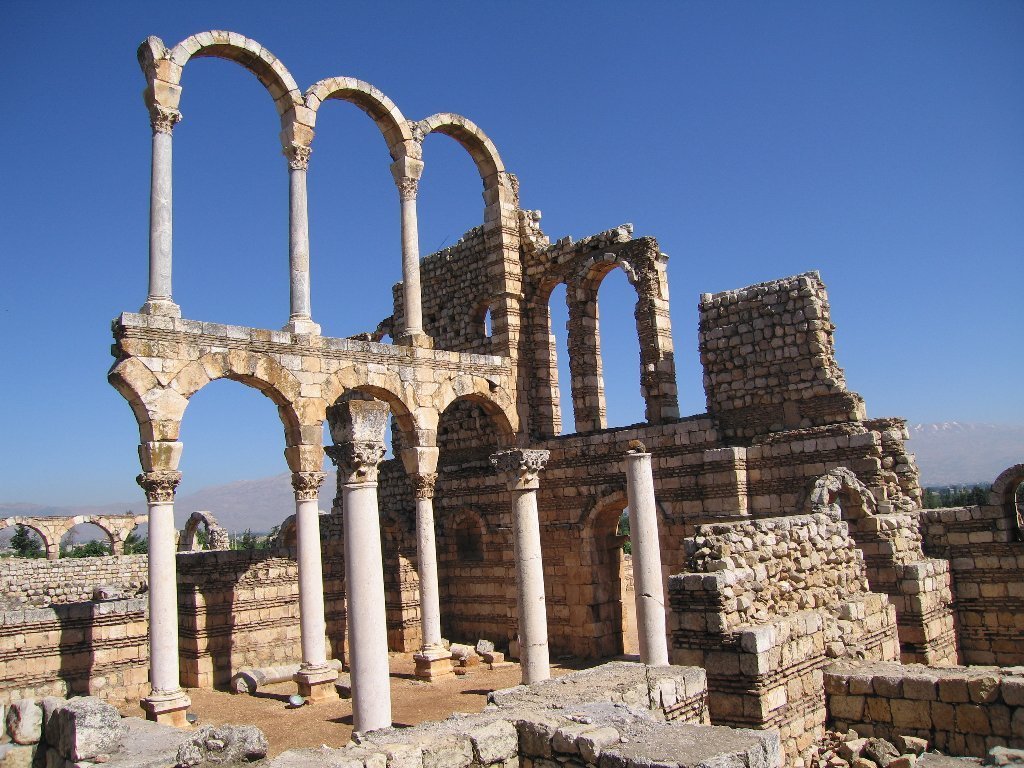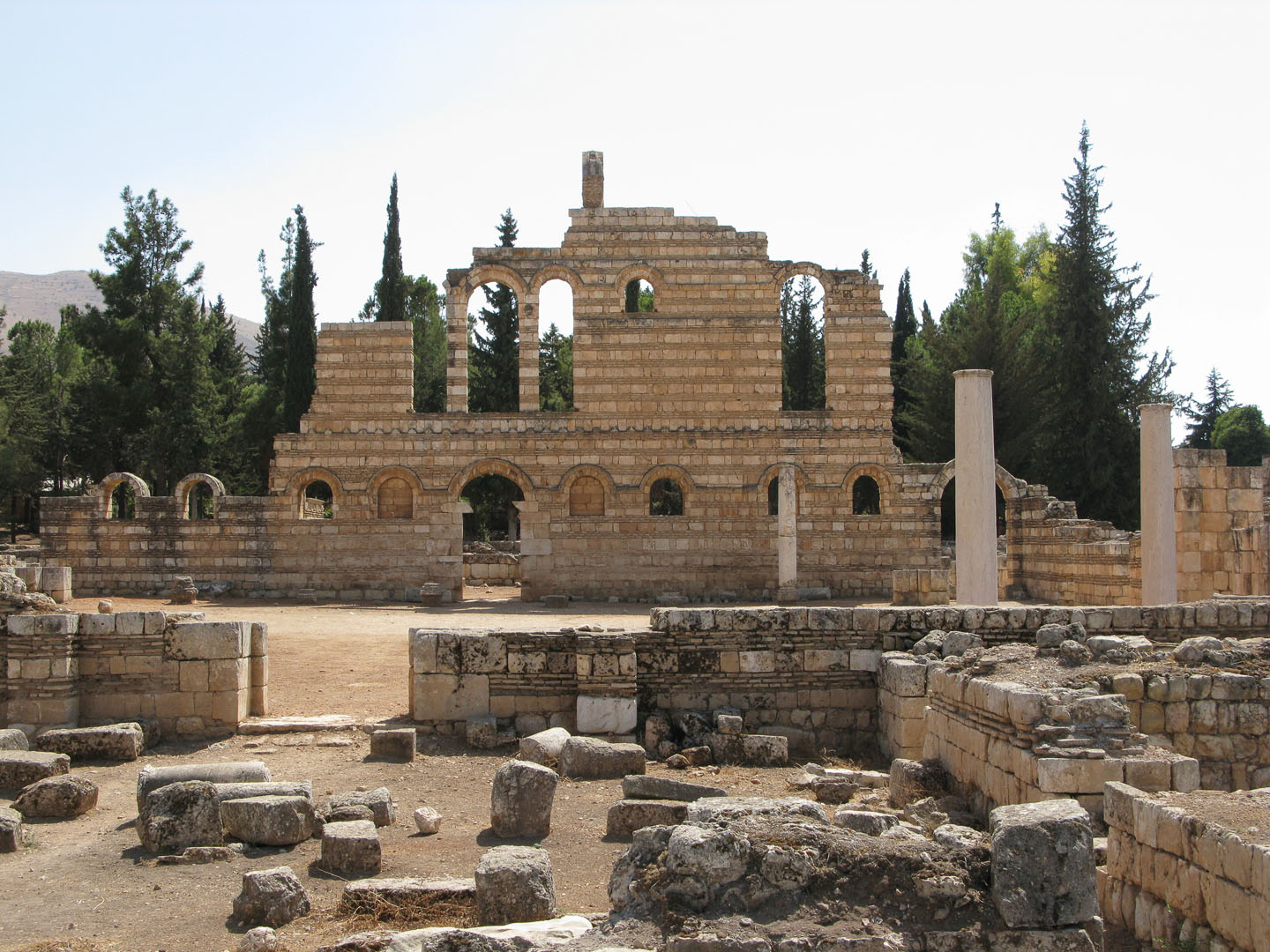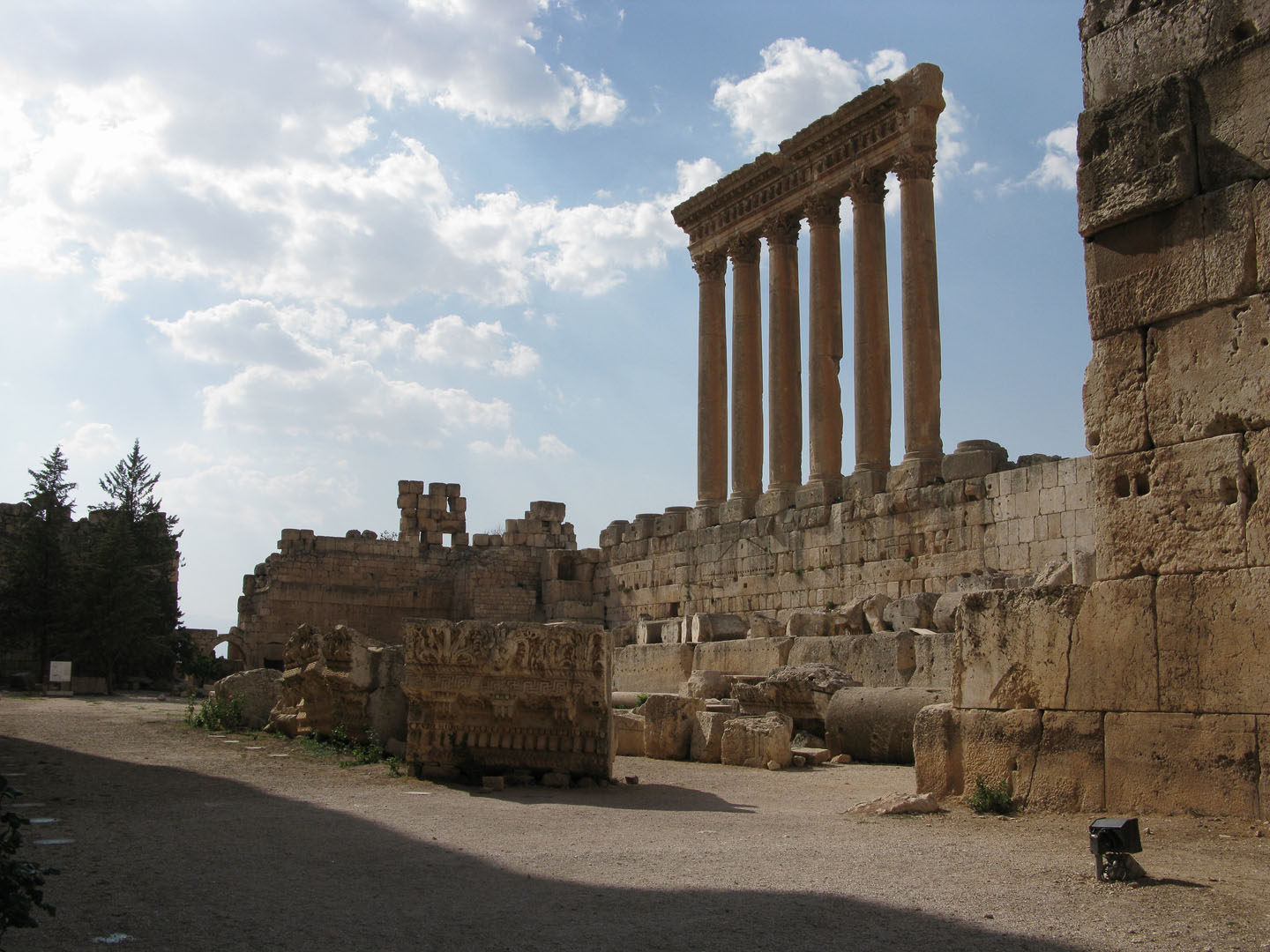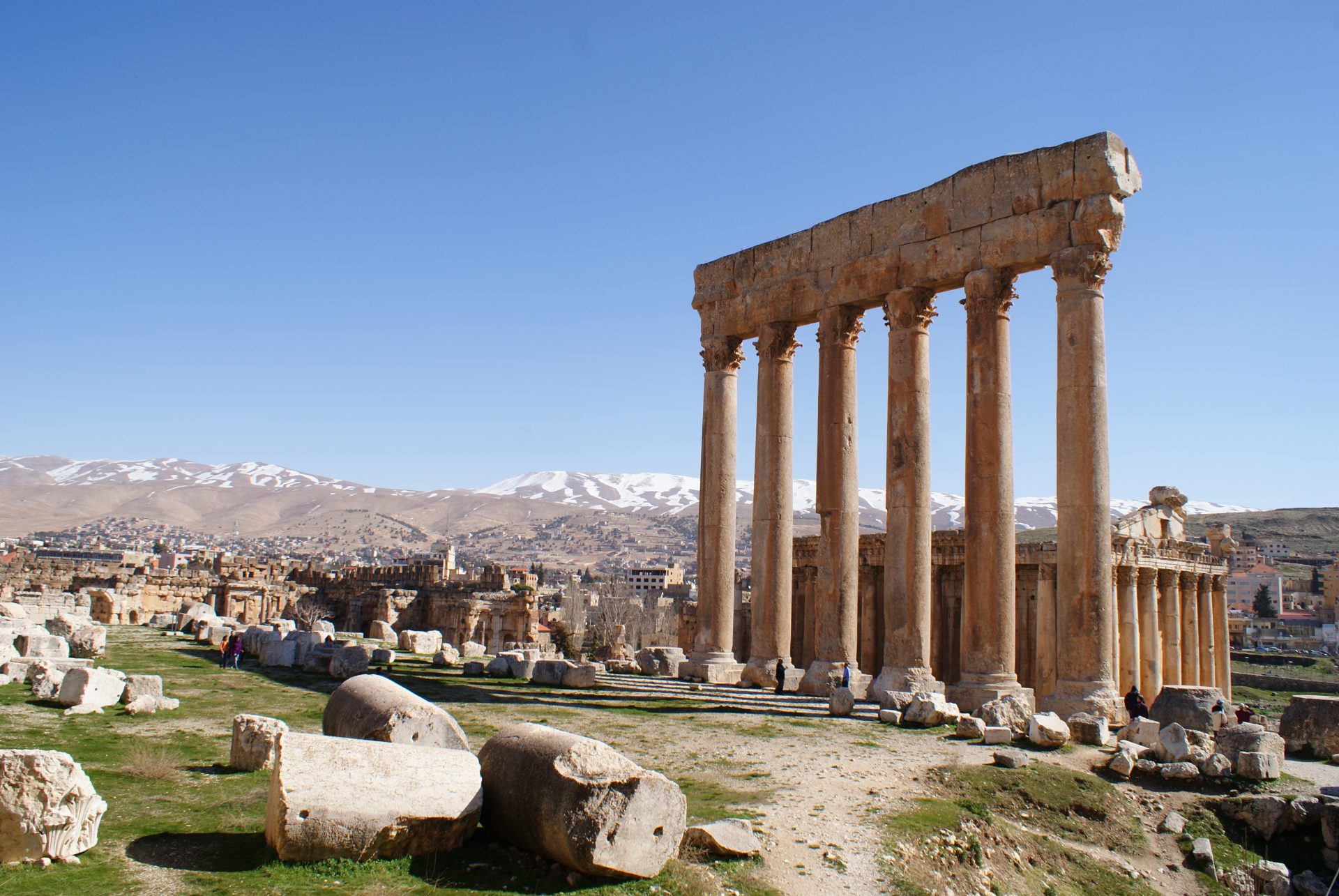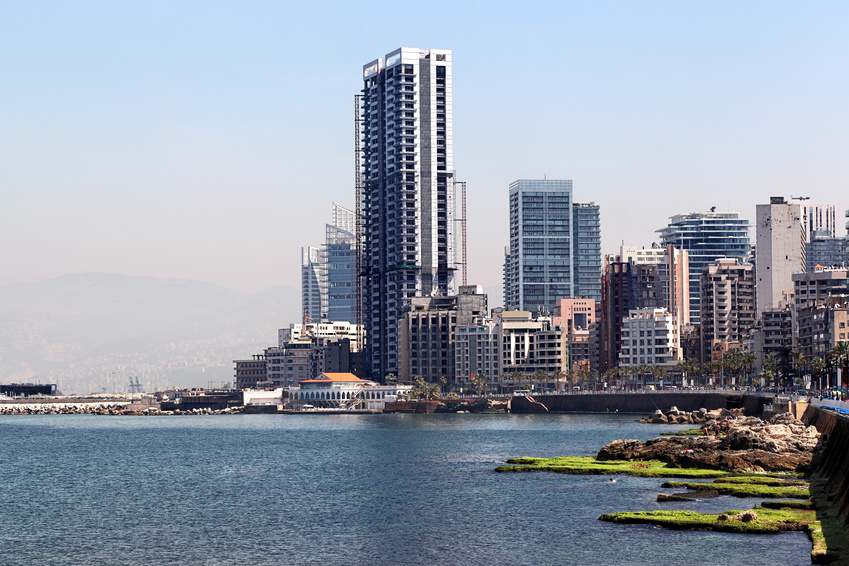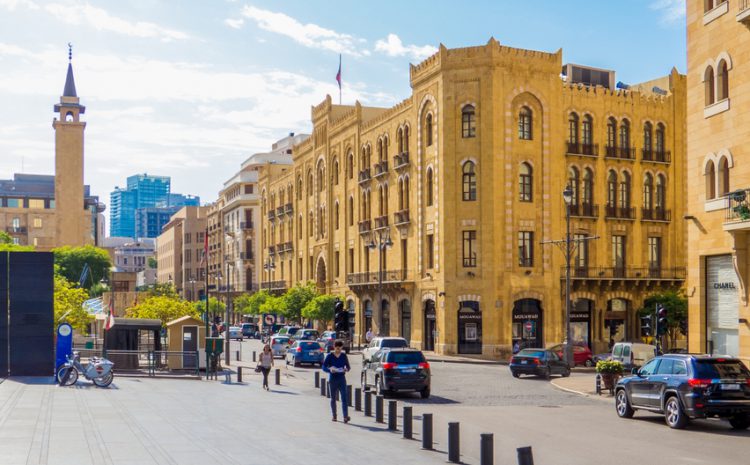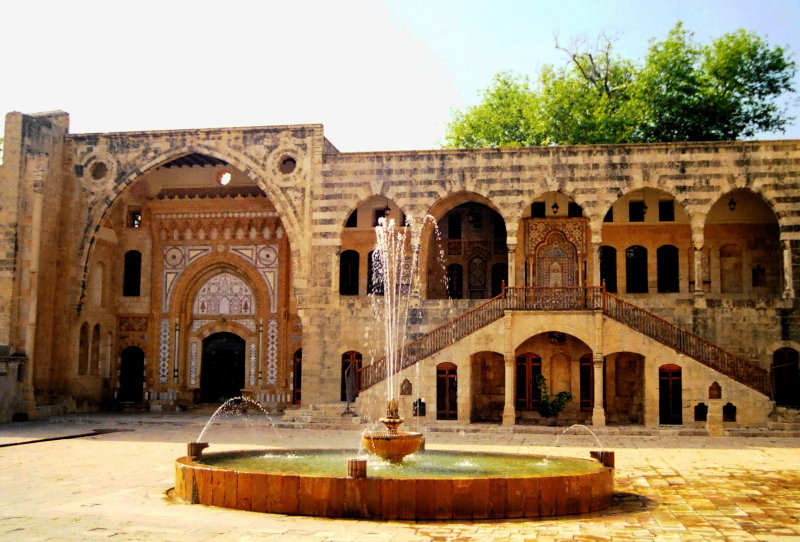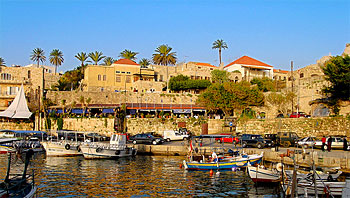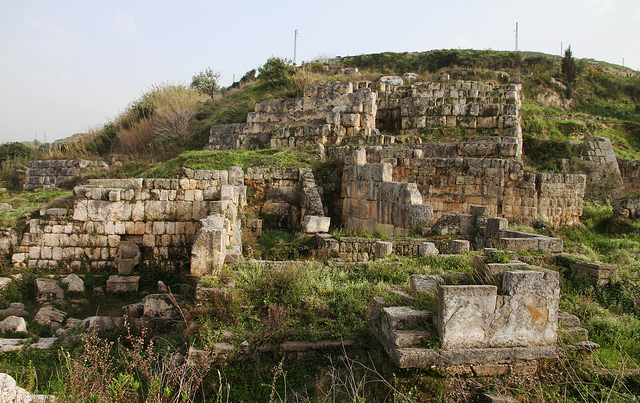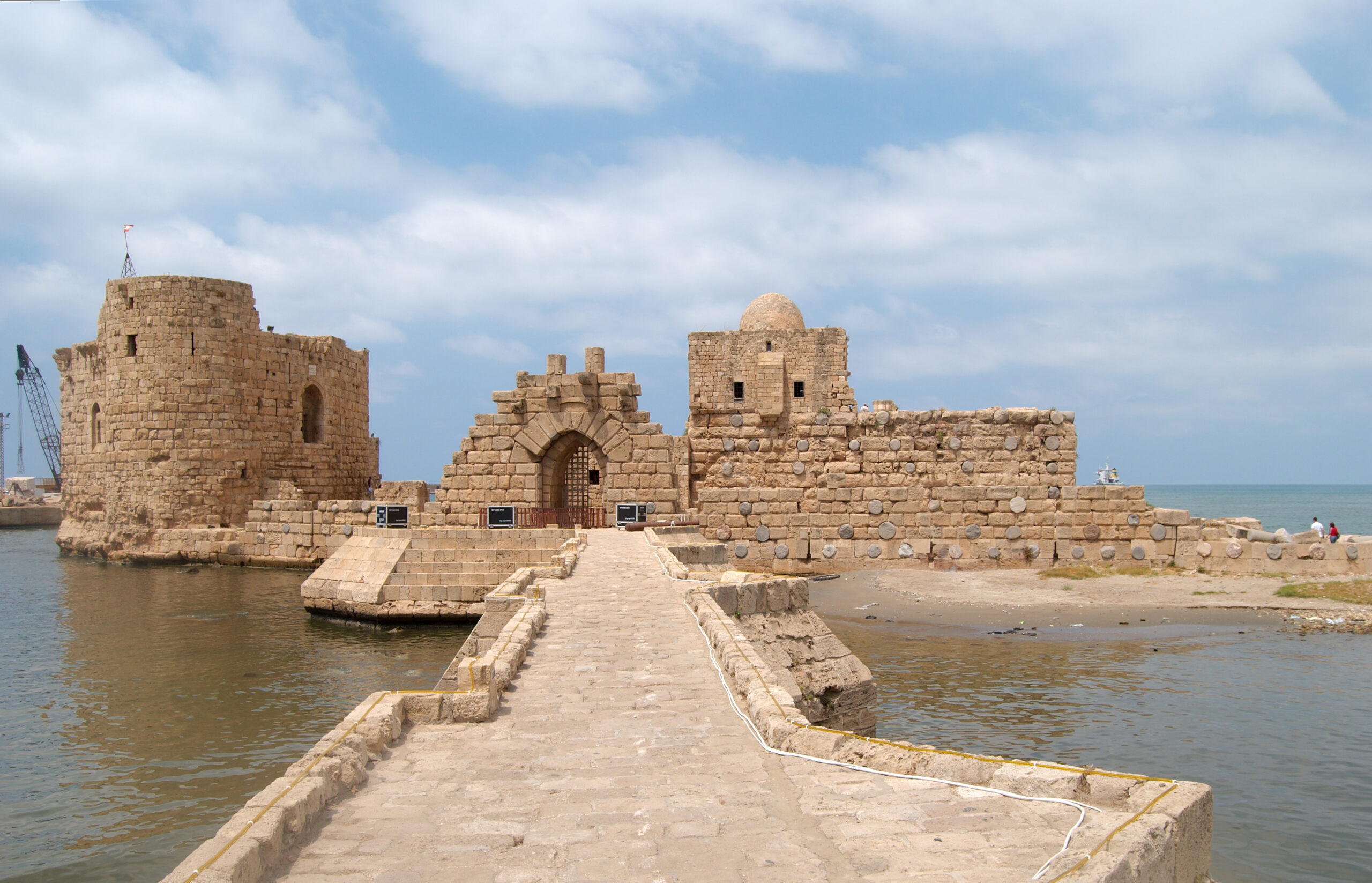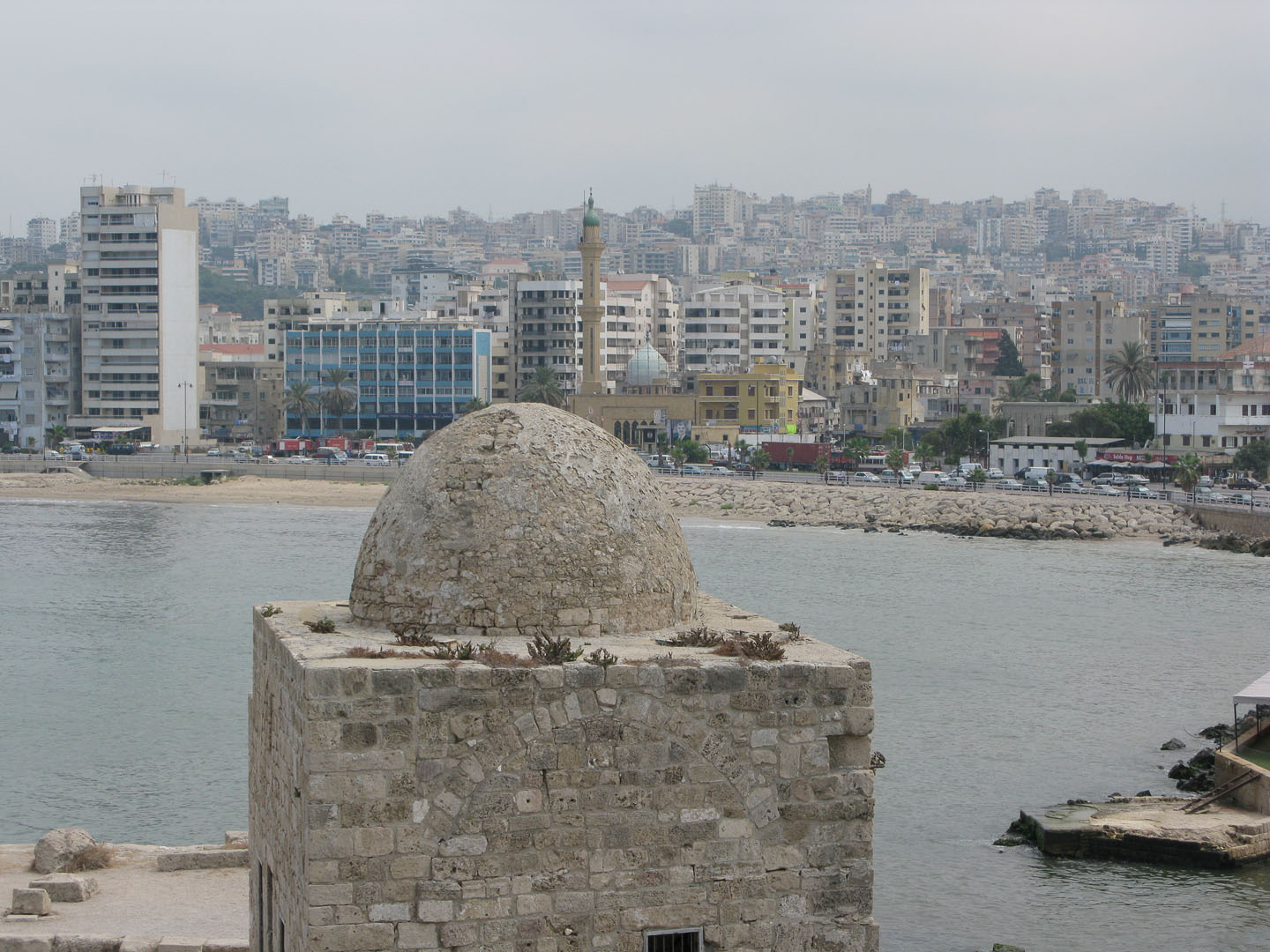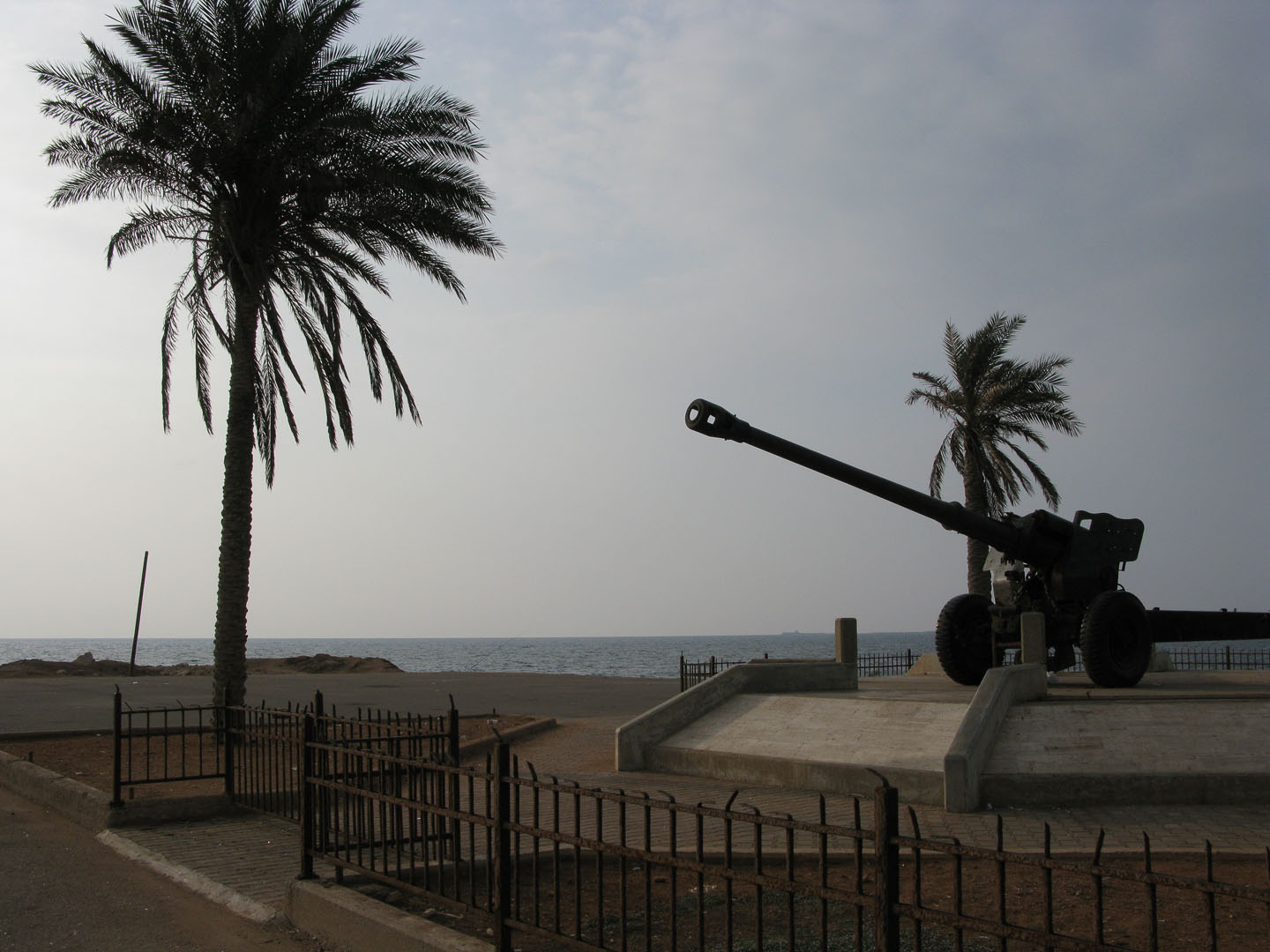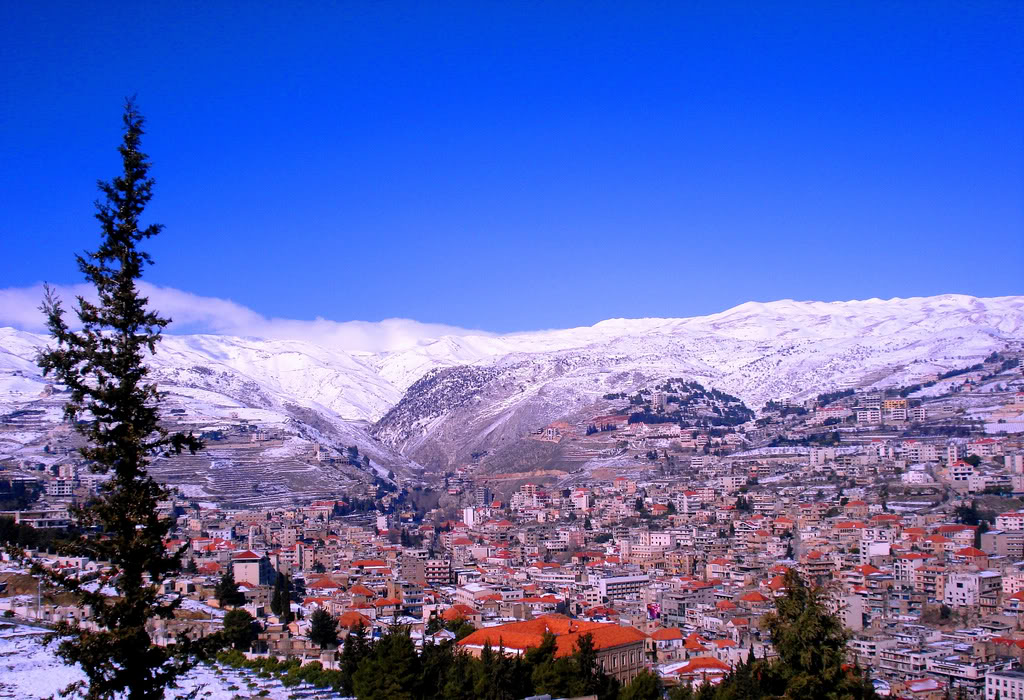Aanjar
Aanjar is a relatively new civilization compared to what is found at other historic sites in Lebanon. It is exclusively one period, that of the Umayyads, which goes back to the eighth century A.D. The Umayyads were the first hereditary dynasty of Islam. They are credited with the Arab conquest that created an Islamic empire stretching from the Indus Valley to Southern France. The empire prospered for about 100 years, until its rivals, the Abbasids, took advantage of the Umayyad’s decadence and defeated them two miles from the city.


